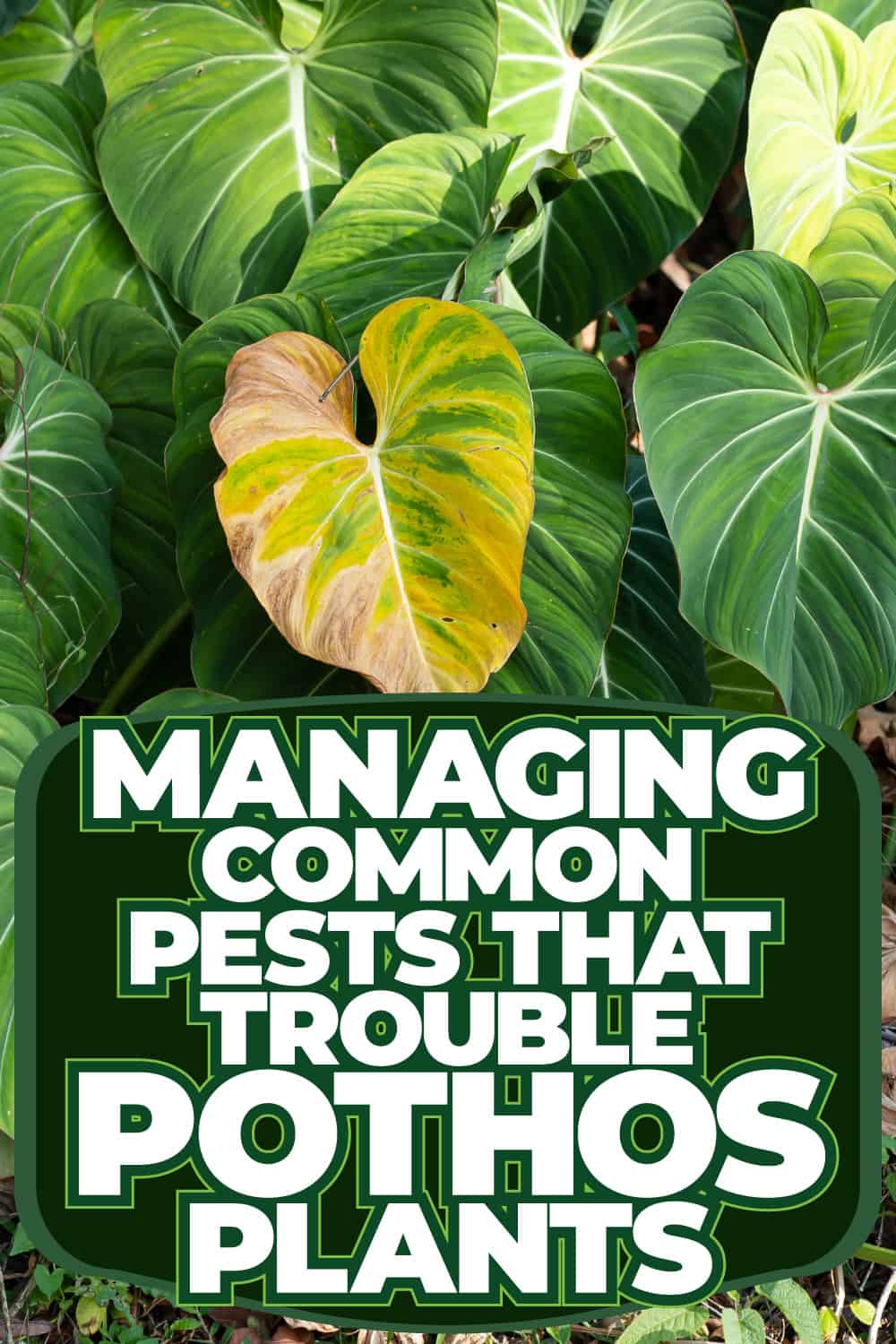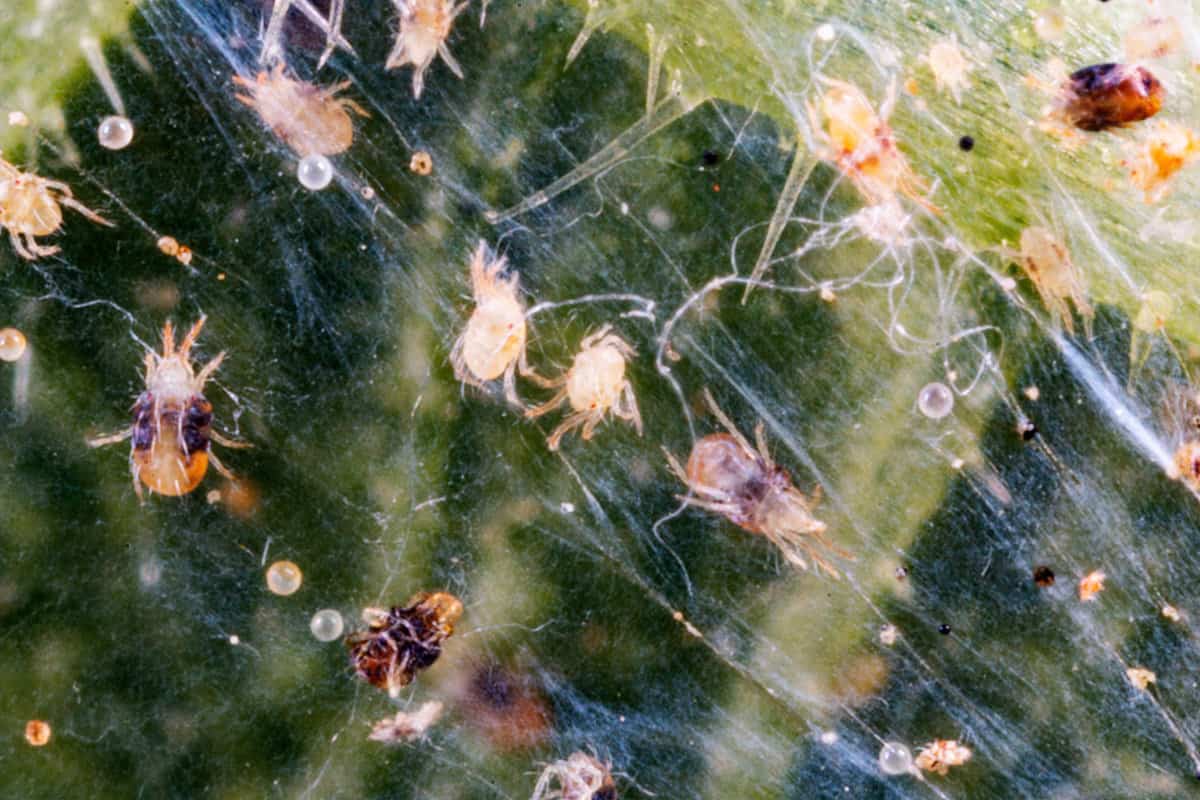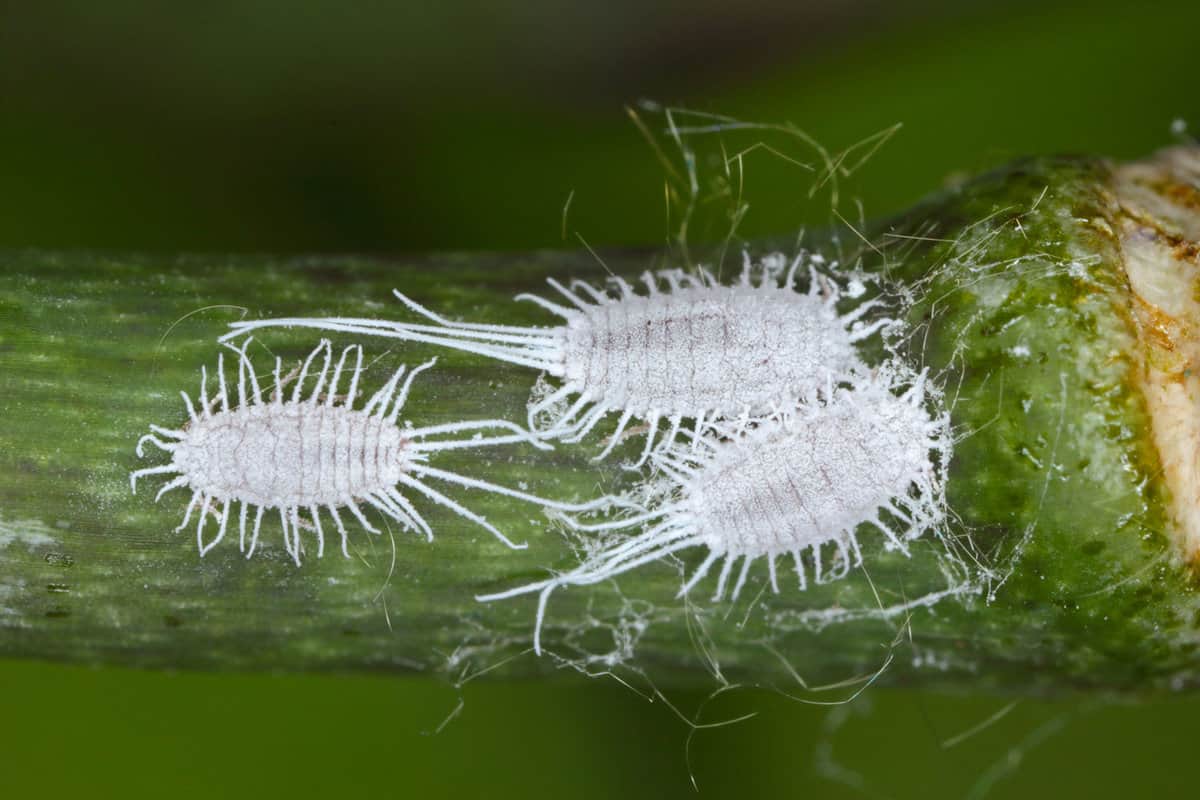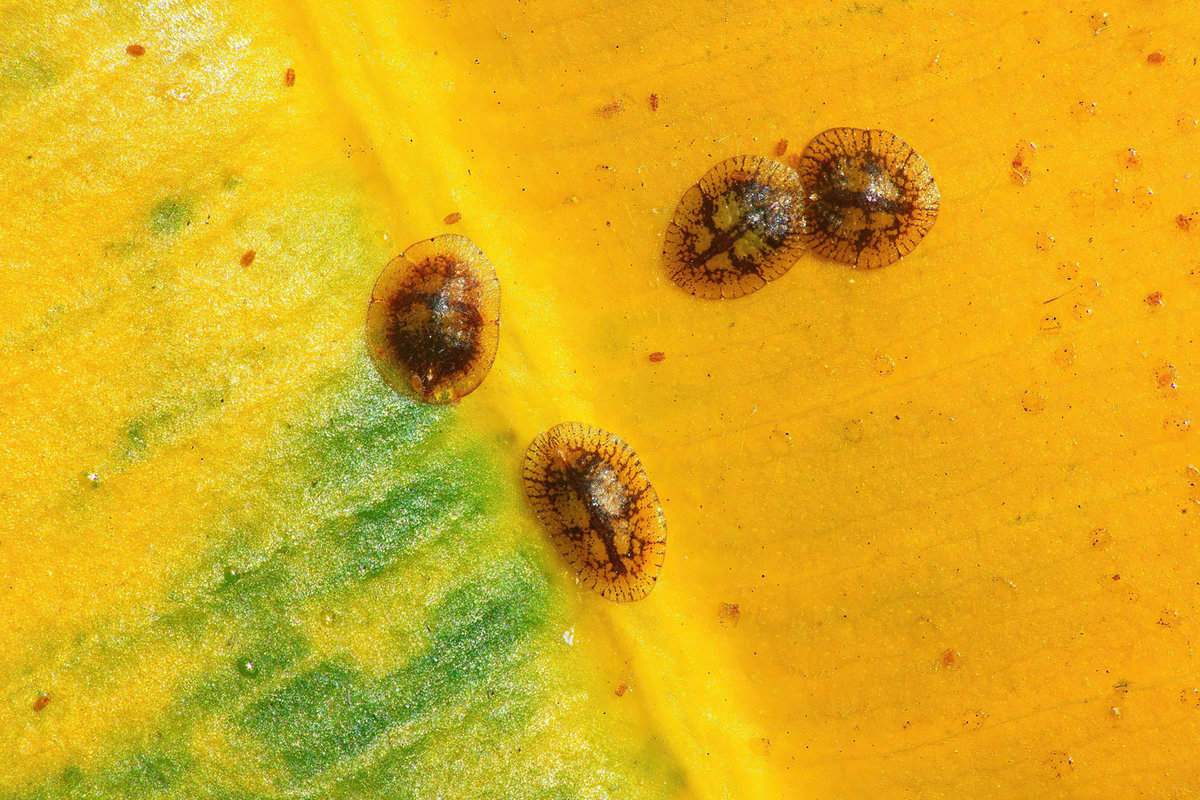Are you having trouble keeping your cherished pothos plants in tip-top shape, free from pests?
Despite their reputation for being low-maintenance, these leafy companions aren't entirely invincible against the common adversaries of the plant kingdom.
You might have noticed the sinister spider mites, malicious mealybugs, savage scale insects, or the feared fungus gnats throwing a party on your pothos.
The aftermath? A sad display of yellowing leaves, stunted growth, or the dreaded leaf drop paints a picture of plant despair.
However, with the proper knowledge and techniques, you can manage these common pests and keep your pothos plants healthy and thriving. Delve into this post now!

Understanding Pothos Plants
Pothos plants, also known as Devil's Ivy, are popular houseplants for their easy maintenance and attractive appearance. They are native to the Solomon Islands and can grow up to 10 feet long.
Pothos plants have heart-shaped leaves in various colors, including green, yellow, and variegated. But the charm of pothos doesn't stop there. Some rare varieties can pique the interest of any plant enthusiast.
One of the reasons why pothos plants are so popular is that they are very adaptable and can grow in various conditions. They can thrive in low light and high humidity, making them ideal for indoor environments.
Common Pests that Trouble Pothos Plants
Pothos plants are generally easy to care for and maintain, but they can still fall victim to various pests that can damage their health.
In this section, we'll discuss some of the most common pests that trouble pothos plants and provide tips on identifying and managing them.
Spider Mites
Spider mites are tiny pests that can be difficult to spot with the naked eye. They are common houseplant pests that can cause significant damage to pothos plants.

Spider mites feed on the plant sap, which can cause yellowing and wilting of the leaves. You can identify spider mites by the fine webbing they produce on the plant's leaves and stems.
Mealybugs
Mealybugs are another common pest that can affect pothos plants. They are small, white, fluffy insects found on the plant's leaves and stems.

Mealybugs feed on the plant sap, which can cause stunted growth and yellowing of the leaves.
Aphids

Aphids are small, pear-shaped insects found on the leaves and stems of pothos plants. They feed on the plant sap, which can cause yellowing and curling of the leaves. Aphids can also transmit plant viruses.
Scale Insects
Scale insects are tiny, oval-shaped pests found on the leaves and stems of pothos plants.

They feed on the plant sap, which can cause yellowing and wilting of the leaves. Scale insects can also produce a sticky substance called honeydew, attracting other pests like ants.
Thrips

Thrips are tiny, slender insects found on the leaves and stems of pothos plants. They feed on the plant sap, which can cause silvering and distortion of the leaves. Thrips can also transmit plant viruses.
Preventive Measures for Pothos Pests
It would be best to take some preventive measures to ensure your pothos plants remain healthy and free from pests. Here are some tips to help you keep your pothos plants pest-free:
Proper Watering
Overwatering or underwatering your pothos plants can cause stress, which makes them more susceptible to pests. Therefore, you need to water your pothos plants properly.
Water your plants only when the soil is dry, and avoid leaving standing water in the saucer.
Regular Pruning
Pruning your pothos plants is essential to keep them healthy and prevent pest infestations.
Remove any dead or yellowing leaves, stems, or branches as soon as you notice them. Also, trim back any overgrown or leggy growth to promote bushier growth.
Adequate Lighting
Pothos plants thrive in bright, indirect light. However, too much or too little light can stress your plants, making them more vulnerable to pests. Therefore, place your plants in a well-lit area, but avoid direct sunlight.
Right Temperature and Humidity
Pothos plants prefer warm and humid environments. Therefore, you must maintain a temperature of 70 and 90°F and a humidity level of 40-60%.
You can use a humidifier or place a water tray near your plants to increase humidity levels.
Effective Pest Management Techniques
If you have noticed any pests on your Pothos plant, it is essential to take action quickly.
Here are some effective pest management techniques that you can use to keep your plant healthy and pest-free.
Natural Pest Control
Natural pest control methods are a great way to manage pests on your Pothos plant without harmful chemicals. Here are some natural pest control techniques that you can use:
- Neem Oil: Neem oil is a natural pesticide effective against various pests, including whiteflies, spider mites, and aphids. Mix one tablespoon of neem oil with one quart of water and spray it on your plant to control pests.
- Insecticidal Soap: Insecticidal soap is a natural pesticide effective against soft-bodied pests like aphids, mealybugs, and spider mites. Mix one tablespoon of insecticidal soap with one quart of water and spray it on your plant to control pests.
- Beneficial Insects: Beneficial insects like ladybugs and lacewings can be used to control pests on your Pothos plant. These insects feed on pests like aphids and whiteflies and can help keep your plant healthy.
Chemical Pest Control
If natural pest control methods are ineffective, you may need to use chemical pest control methods to manage pests on your Pothos plant. Here are some chemical pest control techniques that you can use:
- Pyrethrin: Pyrethrin is a natural pesticide effective against various pests, including whiteflies, spider mites, and aphids. It breaks down quickly in nature and has minimal impact on the environment and other nearby plants.
- Imidacloprid: Imidacloprid is a systemic insecticide effective against various pests, including mealybugs, scale insects, and whiteflies. The plant absorbs it and provides long-lasting pest control.
Always follow the instructions on the pesticide label and use caution when using any chemicals on your plant.
Recovering a Pothos Plant from Pest Damage
If you have identified pest damage on your Pothos plant, it's essential to take action immediately to help it recover. Here are some steps you can take:
Banish the Pests
Start by evicting the pests from your plant. A gentle wipe with a damp cloth or a spray of water-soap solution should do the trick. Make it thorough—eggs today, pests tomorrow!
Trim the Wounded Leaves
Post eviction, snip off the damaged leaves. This way, your plant can channel its energy into sprouting healthy new foliage.
Elevate the Growing Conditions
A thriving plant is a fortress against pests. Ensure your pothos are basking in the right mix of light, water, and nutrients. A move to brighter spots or a tweak in the watering and fertilizing routine could be game changers.
Stay Vigilant
Keep your detective lens on for any signs of recurring pest drama. Is anything amiss? Just loop back to step one and keep the good fight going!
Final Thoughts
Dealing with common pests that trouble pothos plants requires consistent attention and care.
By monitoring for signs of infestation, regularly inspecting your plants, and implementing preventative measures, you can help keep your pothos plants healthy and thriving.
With a sprinkle of patience, you're well on your way to thwarting the common pests and letting your Pothos plants thrive in peace.
Here's to happy, hearty greens!
If you love this article, check out this related post:
